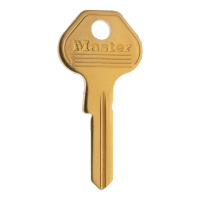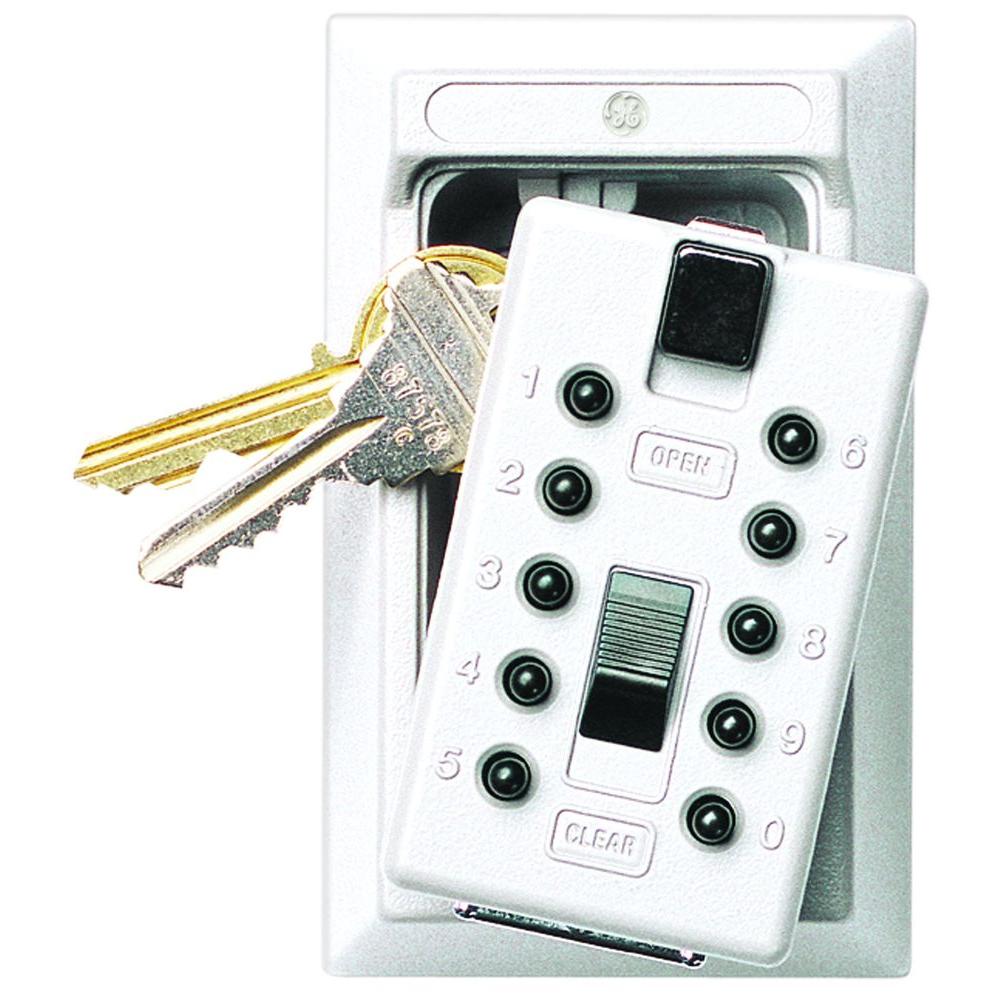
- #MASTER LOCK KEY HOLDER RESET HOW TO#
- #MASTER LOCK KEY HOLDER RESET PORTABLE#
- #MASTER LOCK KEY HOLDER RESET SOFTWARE#
- #MASTER LOCK KEY HOLDER RESET PASSWORD#
- #MASTER LOCK KEY HOLDER RESET PC#
Turning off, disabling, deactivating, or clearing the TPM. Turning off the support for reading the USB device in the pre-boot environment from the BIOS or UEFI firmware if using USB-based keys instead of a TPM.
#MASTER LOCK KEY HOLDER RESET SOFTWARE#
Anti-hammering logic is software or hardware methods that increase the difficulty and cost of a brute force attack on a PIN by not accepting PIN entries until after a certain amount of time has passed.
#MASTER LOCK KEY HOLDER RESET PORTABLE#
Conversely, if a portable computer isn't connected to its docking station when BitLocker is turned on, then it might need to be disconnected from the docking station when it's unlocked.Ĭhanges to the NTFS partition table on the disk including creating, deleting, or resizing a primary partition.Įntering the personal identification number (PIN) incorrectly too many times so that the anti-hammering logic of the TPM is activated. So if a portable computer is connected to its docking station when BitLocker is turned on, then it might also need to be connected to the docking station when it's unlocked. In some instances (depending on the computer manufacturer and the BIOS), the docking condition of the portable computer is part of the system measurement and must be consistent to validate the system status and unlock BitLocker. Having the CD or DVD drive before the hard drive in the BIOS boot order and then inserting or removing a CD or DVD.įailing to boot from a network drive before booting from the hard drive.ĭocking or undocking a portable computer. TPM 2.0 doesn't consider a firmware change of boot device order as a security threat because the OS Boot Loader isn't compromised. However, devices with TPM 2.0 don't start BitLocker recovery in this case.

On devices with TPM 1.2, changing the BIOS or firmware boot device order causes BitLocker recovery.
#MASTER LOCK KEY HOLDER RESET PASSWORD#
Or they can use the MaxFailedPasswordAttempts policy of Exchange ActiveSync (also configurable through Microsoft Intune), to limit the number of failed password attempts before the device goes into Device Lockout. To take advantage of this functionality, administrators can set the Interactive logon: Machine account lockout threshold Group Policy setting located in Computer Configuration > Windows Settings > Security Settings > Local Policies > Security Options in the Local Group Policy Editor. On PCs that use BitLocker Drive Encryption, or on devices such as tablets or phones that use BitLocker Device Encryption only, when an attack is detected, the device will immediately reboot and enter into BitLocker recovery mode. The following list provides examples of specific events that will cause BitLocker to enter recovery mode when attempting to start the operating system drive: For more information, see BitLocker Group Policy settings. This method makes it mandatory to enable this recovery method in the BitLocker group policy setting Choose how BitLocker-protected operating system drives can be recovered located at Computer Configuration > Administrative Templates > Windows Components > BitLocker Drive Encryption > Operating System Drives in the Local Group Policy Editor. Storing recovery passwords in AD DS is recommended to provide a way for IT professionals to be able to obtain recovery passwords for drives in an organization if needed. If the drive is an operating system drive, the drive must be mounted as a data drive on another computer for the data recovery agent to unlock it.Ī domain administrator can obtain the recovery password from AD DS and use it to unlock the drive.
#MASTER LOCK KEY HOLDER RESET PC#
Saving a recovery password with a Microsoft account online is only allowed when BitLocker is used on a PC that isn't a member of a domain.ĭata recovery agents can use their credentials to unlock the drive. If the organization allows users to print or store recovery passwords, the users can enter in the 48-digit recovery password that they printed or stored on a USB drive or with a Microsoft account online. The user can supply the recovery password.

In a recovery scenario, the following options to restore access to the drive are available: What is BitLocker recovery?īitLocker recovery is the process by which access can be restored to a BitLocker-protected drive if the drive can't be unlocked normally.

#MASTER LOCK KEY HOLDER RESET HOW TO#
This article doesn't detail how to configure AD DS to store the BitLocker recovery information. This article assumes that it's understood how to set up AD DS to back up BitLocker recovery information automatically, and what types of recovery information are saved to AD DS. It's recommended to create a recovery model for BitLocker while planning for BitLocker deployment. Organizations can use BitLocker recovery information saved in Active Directory Domain Services (AD DS) to access BitLocker-protected data.

This article describes how to recover BitLocker keys from AD DS.


 0 kommentar(er)
0 kommentar(er)
